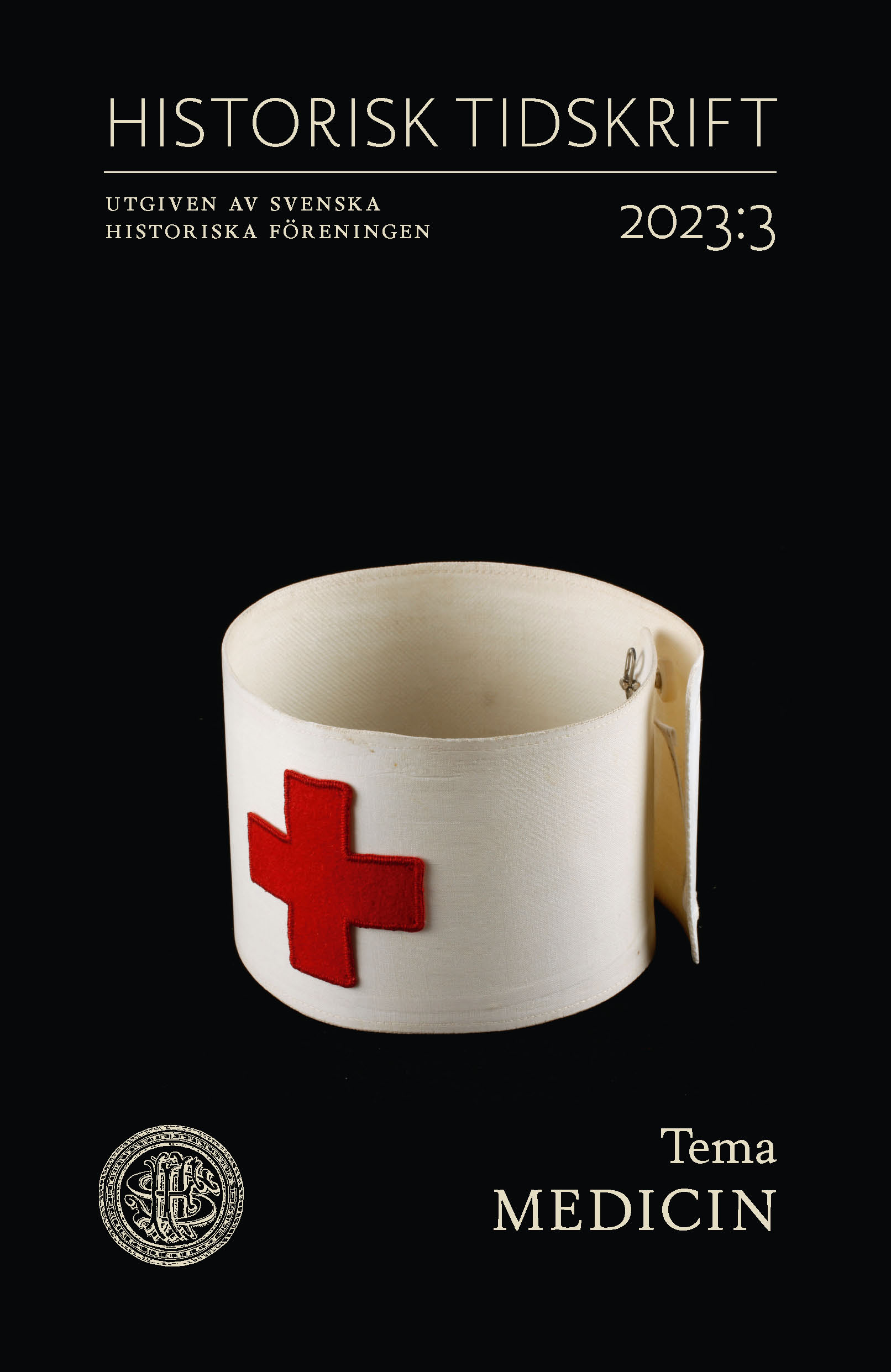Abstract
Puzzle contests for the unborn: The Expressen newspaper fundraising campaign for prenatal research, 1957–1990
This article considers the fundraising campaign for prenatal research run by Expressen, a Swedish newspaper, from a biomediatization perspective with historical contextualization. The campaign to support “the forgotten children” or “the unborn” ran from 1957 to 1990, and was built around an advertising competition led by a famous actor or singer. Readers were invited to find the correct ads in the newspaper to which a number of puzzle pieces fitted and to send the solution to Expressen – preferably with one or more postage stamps or leftover currency from trips abroad. The money earned went into a research fund that allocated grants to medical researchers exploring not only the causes of congenital malformations and birth defects, but also techniques employed for prenatal diagnosis. Parallel to the puzzle contest and tie-in activities, Expressen published stories about the researchers and their work and occasionally about children with disabilities.
By analysing newspaper articles, medical publications, and archival material, it is shown how the campaign connected medical research with the press, and what was co-produced in this dynamic process. The medical actors were keen to obtain funding to develop prenatal research, which was considered particularly favourable in light of Swedish researchers’ unique access to foetal tissue from legal abortions. For Expressen, the campaign generated large revenues as well as being good public relations. The campaign coproduced not only research funding, newspaper content, and celebrity, but also a cluster of meanings linked to the private, reproductive sphere, among them the notions of the vulnerable foetus and the pregnant woman as a risk patient. In this way the campaign makes visible the historical intersections between foetal politics, women’s reproductive rights, and disability rights.
Drawing on the notion of biocommunicability, it is demonstrated that the puzzle contests and the reporting were not entirely in sync. The advertising puzzles targeted individual consumers and used various advertising techniques to stimulate reader engagement and participation. The articles on prenatal research were instead based on a top-down paternalistic approach – the biomedical authority model – and gave the reader only limited access to medical information and knowledge. Gradually, critical voices were raised from patient organizations, but from the newspaper’s side the reaction to the protests was uncomprehending. This points to the complexities of the historical negotiation of various cultural models of knowledge about health and medicine.

